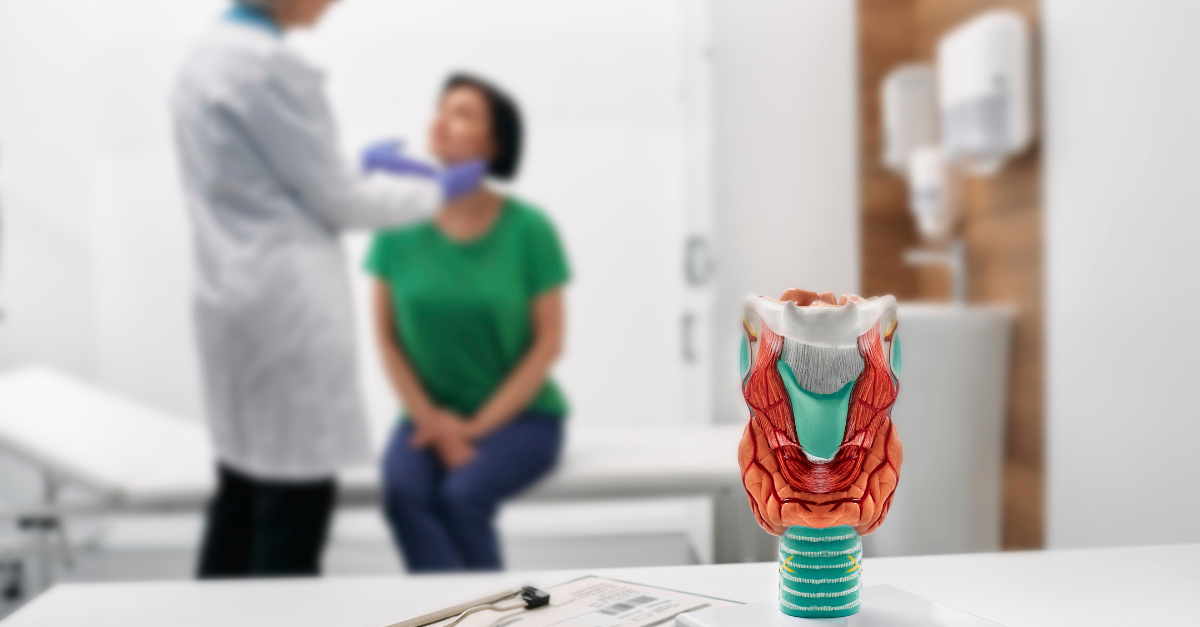Autoimmune conditions can feel like living in a body at war with itself—pain, fatigue, flares, and uncertainty can consume day-to-day life. While standard therapies often suppress immune activity, many patients look for an approach that aims to restore balance and support tissue repair. That’s the promise of modern regenerative care: quiet overactive inflammation, recalibrate immune signaling, and build a stronger daily baseline through a structured program that extends beyond a single procedure. For those exploring comprehensive options, programs dedicated to autoimmune diseases provide a clear, outcomes-focused path.
Why immune recalibration matters
In autoimmune diseases, the immune system targets healthy tissues—joints, gut lining, skin, glands, even neural tissue—fueling a cycle of damage and flare. Suppressing immunity can help, but often at a cost, and without addressing the underlying misdirection. Regenerative protocols aim to restore immune balance, reduce inflammatory noise, and support the body’s ability to repair. The goal is a steadier baseline: fewer flares, less reliance on rescue measures, and more predictable days.
The role of MSCs in immune balance
A central pillar of this approach is mesenchymal stem cells, valued for their immunomodulatory and anti‑inflammatory signaling. Rather than “turning off” the immune system, MSCs help recalibrate it—downshifting harmful cytokines while supporting regulatory pathways. Clinically, patients often report reduced joint tenderness, calmer gut symptoms, improved skin stability, steadier energy, and better sleep when cellular therapy is paired with smart aftercare.
Programs, not procedures
High‑quality programs for autoimmune diseases stem cells start with a thorough intake and clear goals. Dosing, frequency, and delivery routes (systemic and, if indicated, targeted) are matched to the person’s biology and priorities. Milestones guide follow‑ups; adjustments are made based on progress and data. This programmatic approach turns a procedure into a journey—aligning the cellular “nudge” with rehabilitation, sleep, and nutrition so improvements can compound.
Why Panama makes it simpler
A supportive setting matters as much as the science. The care ecosystem for panama stem cells emphasizes organized schedules, strong clinical standards, and a hospitality‑forward experience that reduces travel friction. When logistics are clear and aftercare is integrated, adherence improves—and so does durability of results.
Affordability with transparency
Access is part of outcomes. Programs designed around affordable stem cell therapy provide bundled inclusions—evaluation, labs, preparation, administration, and follow‑up—so families can plan responsibly. For specifics on planning ranges and what’s included, review stem cell therapy cost in Panama. This clarity helps align expectations, timing, and budget before committing.
Expected improvements and timelines
-
Weeks 1–4: early signs often include calmer mornings, less joint stiffness, steadier energy, and improved sleep.
-
Weeks 4–12: wider movement patterns, fewer flares, better tolerance for activity, and reduction in rescue medication use.
-
Months 3–6: a stronger baseline—more consecutive “good days,” improved work and family participation, and fewer inflammatory setbacks.
Aftercare that anchors gains
Cellular therapy is a catalyst. The day‑to‑day work—mobility and strength training, anti‑inflammatory nutrition, consistent sleep, and stress regulation—translates signals into function. That’s why leading stem cell treatments in Panama build a whole‑journey plan where rehab and lifestyle are part of the protocol, not an afterthought.
Who benefits most
Individuals with autoimmune joint, gut, skin, endocrine, or multi‑system involvement who are ready to pair cellular therapy with supportive routines tend to see the most durable change. The combination of immune recalibration and structured aftercare helps transform sporadic relief into a steadier daily life.
Getting started
Begin with a candidacy review and three measurable goals for the next 90–180 days—e.g., fewer flares, morning pain cut in half, or walking 30 minutes without post‑activity setbacks. Ask for a draft protocol and aftercare plan before travel. With that foundation, progress becomes practical, trackable, and more likely to last.


